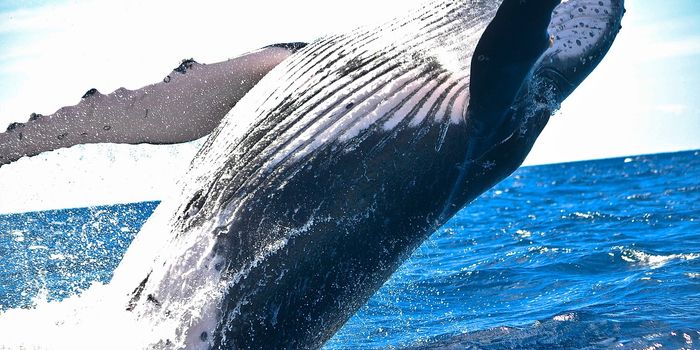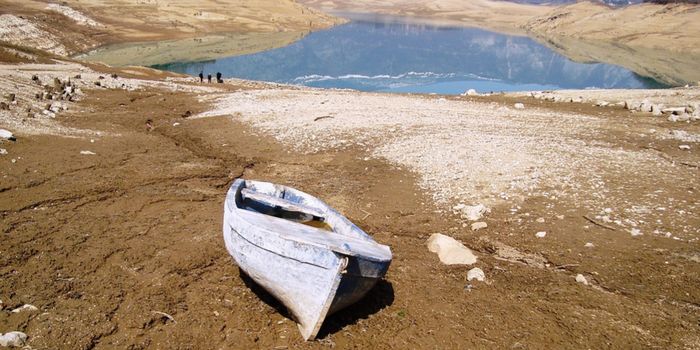How a Spider Builds its Web
Just about everyone has seen a spider web at some point in their life, but have you ever wondered how a spider builds such a strong and perfect web? The process is much more methodical than many realize, and in this stunning close-up time-lapse video, we can witness from start to finish exactly how a spider prepares its web.
The spider starts with the obvious – a bridge that connects two points. After laying down the backbone of its web, the spider uses this bridge to connect several anchor points to other surfaces. After the spider decides the size of its web, it begins laying the frame threads that form the web’s shape and surface area. Radii are then fixed to the central hub and the proper number of spokes are then added.
After the spider is satisfied with all the angles, it begins laying an auxiliary spiral that begins at the center and works its way out. This time-consuming process sees the spider moving in circles around the web as it begins to take shape and look like a traditional spider web. After the frame is completed, the spider takes a break.
At first glance, it may seem like the spider is finished, but it’s actually swapping its silk production to a stickier silk. Once it does, it makes yet another spiral, this time with the sticky production that will trap prey. This time, the spider begins from the outside and spirals inward. The windings are much more closely spaced, illuminating just how time-consuming and energy-expending this process really is.
Once the main web is complete, the spider consumes the center of the web and replaces it with a neater strand grouping. Upon waiting, the web finally catches something tasty, and the spider goes in for the kill.
Related: Learn about the complex mating process of a jumping spider









